The first major retrospective of Ove Arup (1895-1988), the most influential engineer of the 20th century is running at the Victoria and Albert Museum in London until November 6, 2016. My 14-year old had just completed a month-long exploration into the world of engineering at his summer camp, and I was delighted that he could enjoy seeing a great engineer’s work – his math, his models of the Sydney Opera House, the Pompidou Center in Paris, and his other engineering marvels, and (last by no means least) his doodles! The central role played by imagination and creativity for Arup definitely came through loud and clear in this exhibit. So often, in classroom lessons on STEM/engineering, these areas are NOT addressed. As we look ahead to the 2016-17 school year, imagine the power of sharing Arup’s doodles as well as his other creations. Could one have existed without the other? What happens to our understanding of the nature of STEM if we consider this question? In order to invite ALL students into STEM classrooms, let’s use Arup’s Philosophy of TOTAL Design and engage students’ whole selves and TOTAL interests and skills.
Please enjoy the photos (all taken by my iPhone 6Plus)
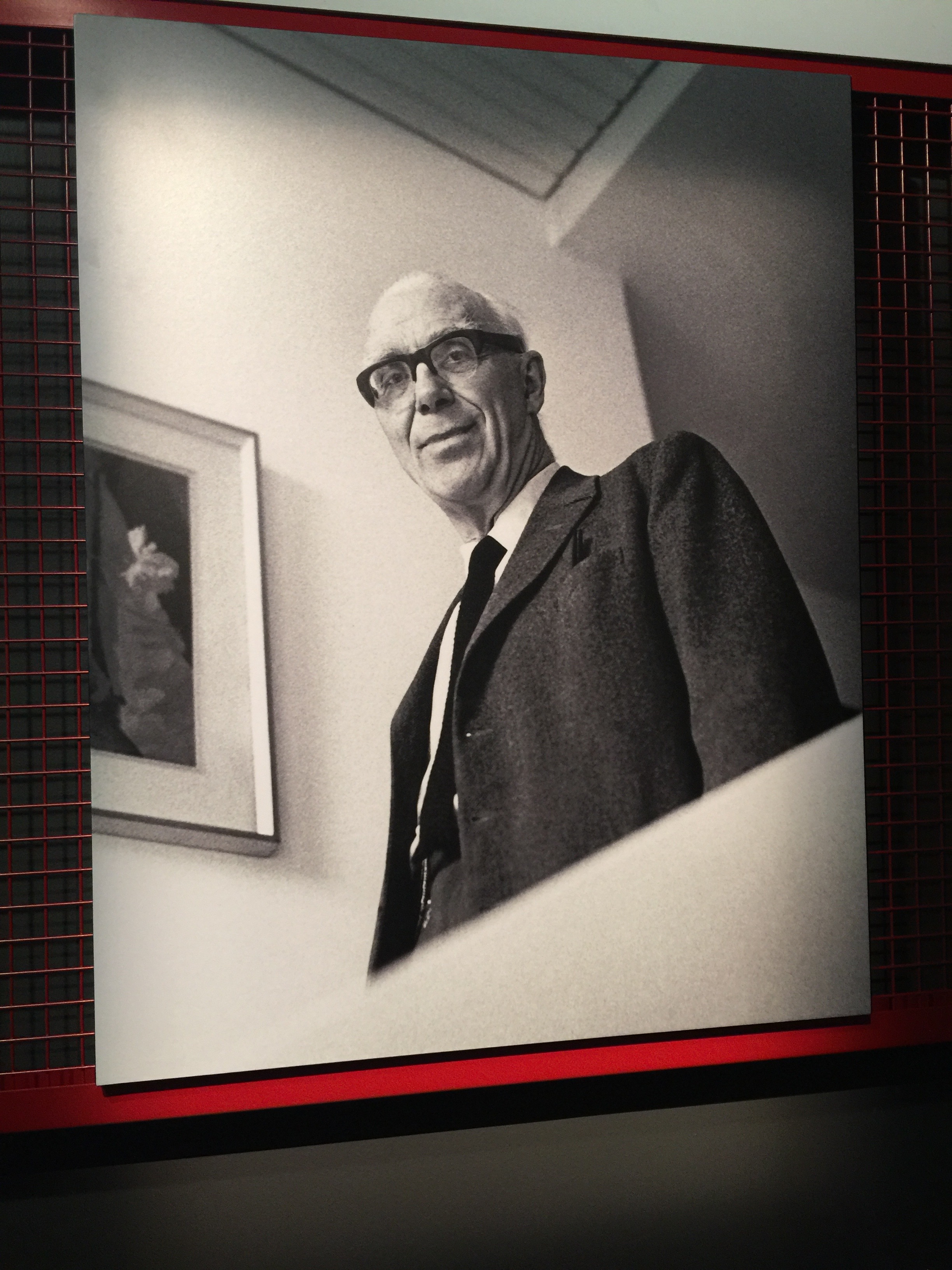




The Power of Doodling:
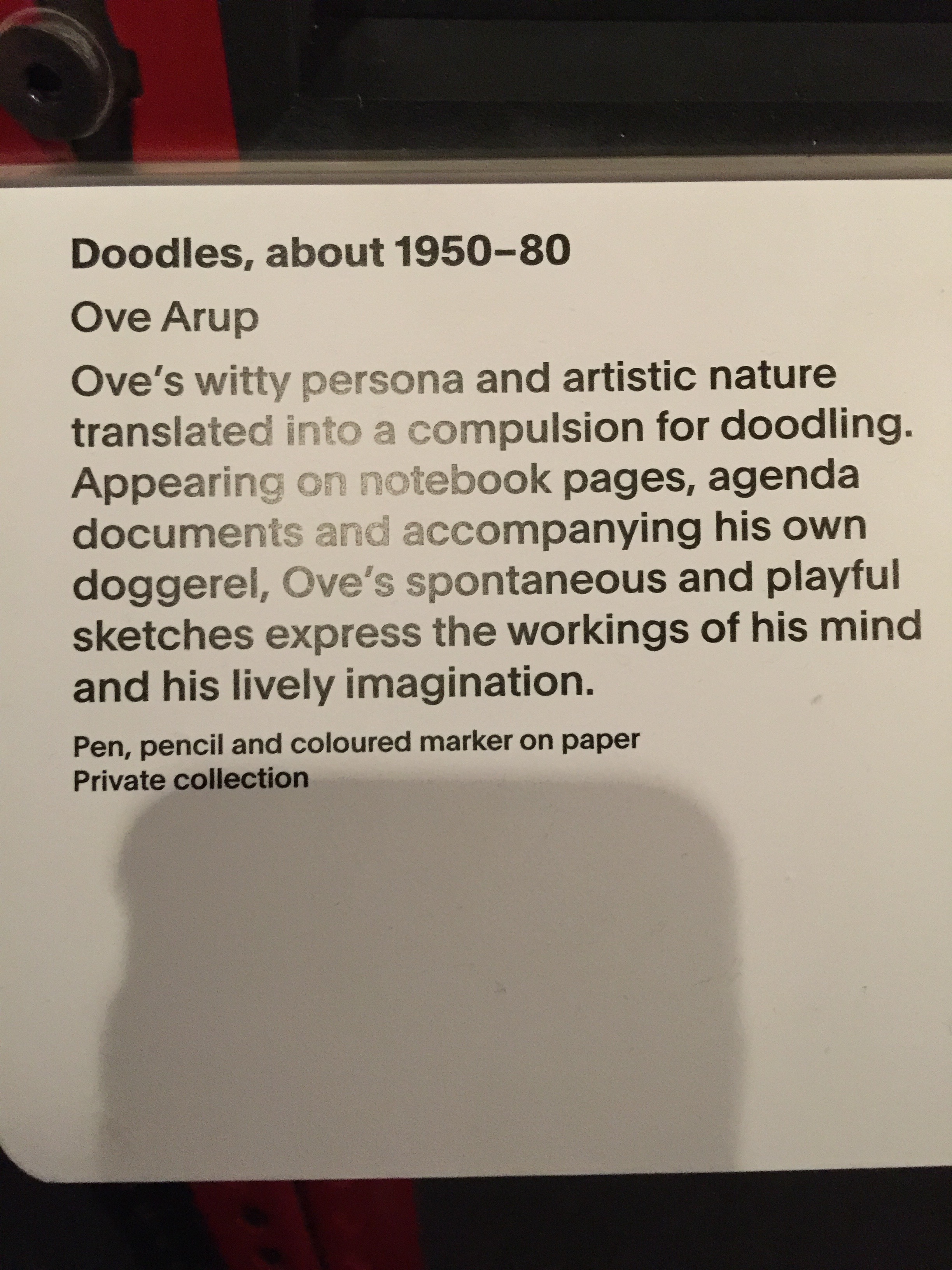





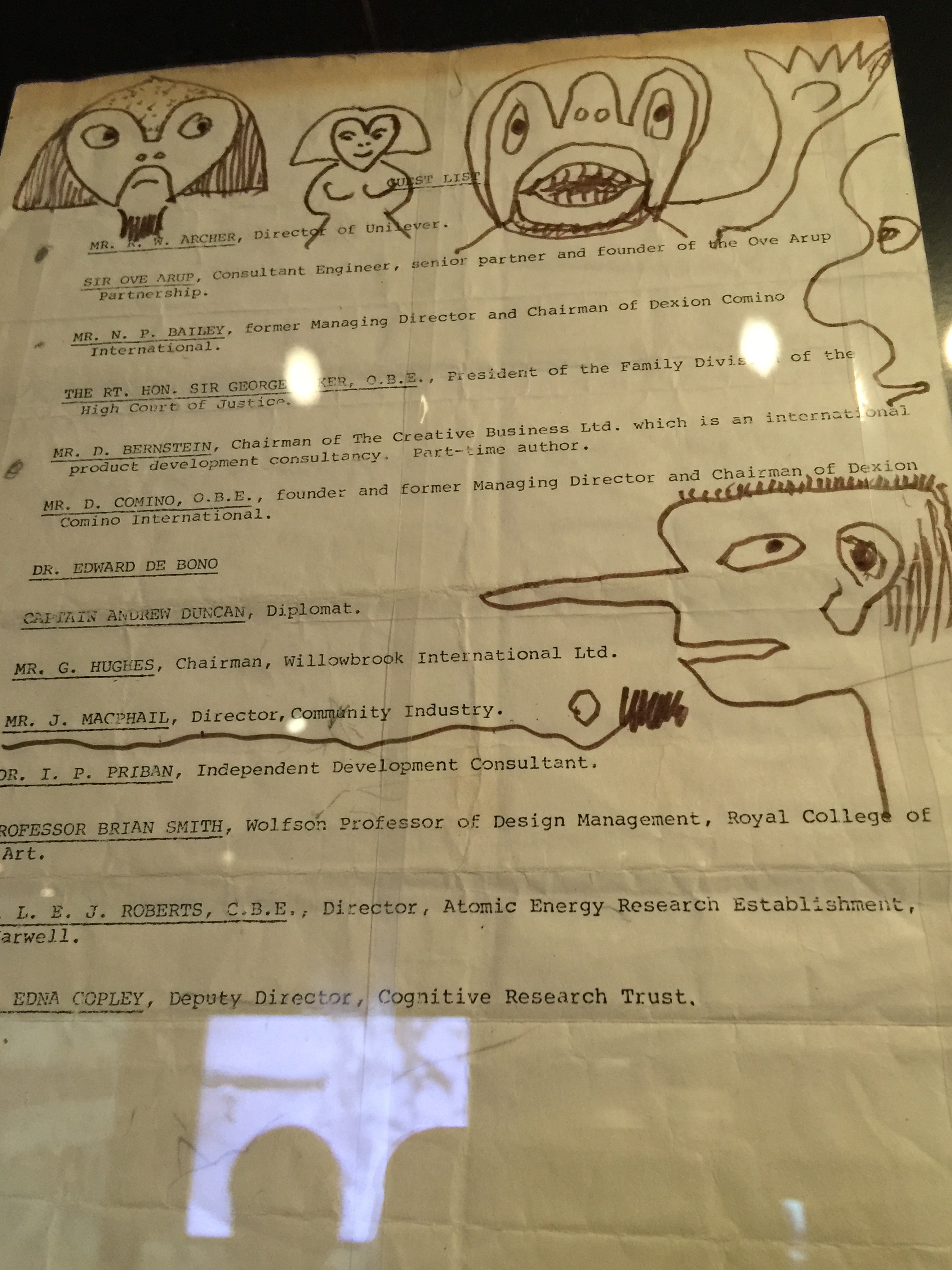

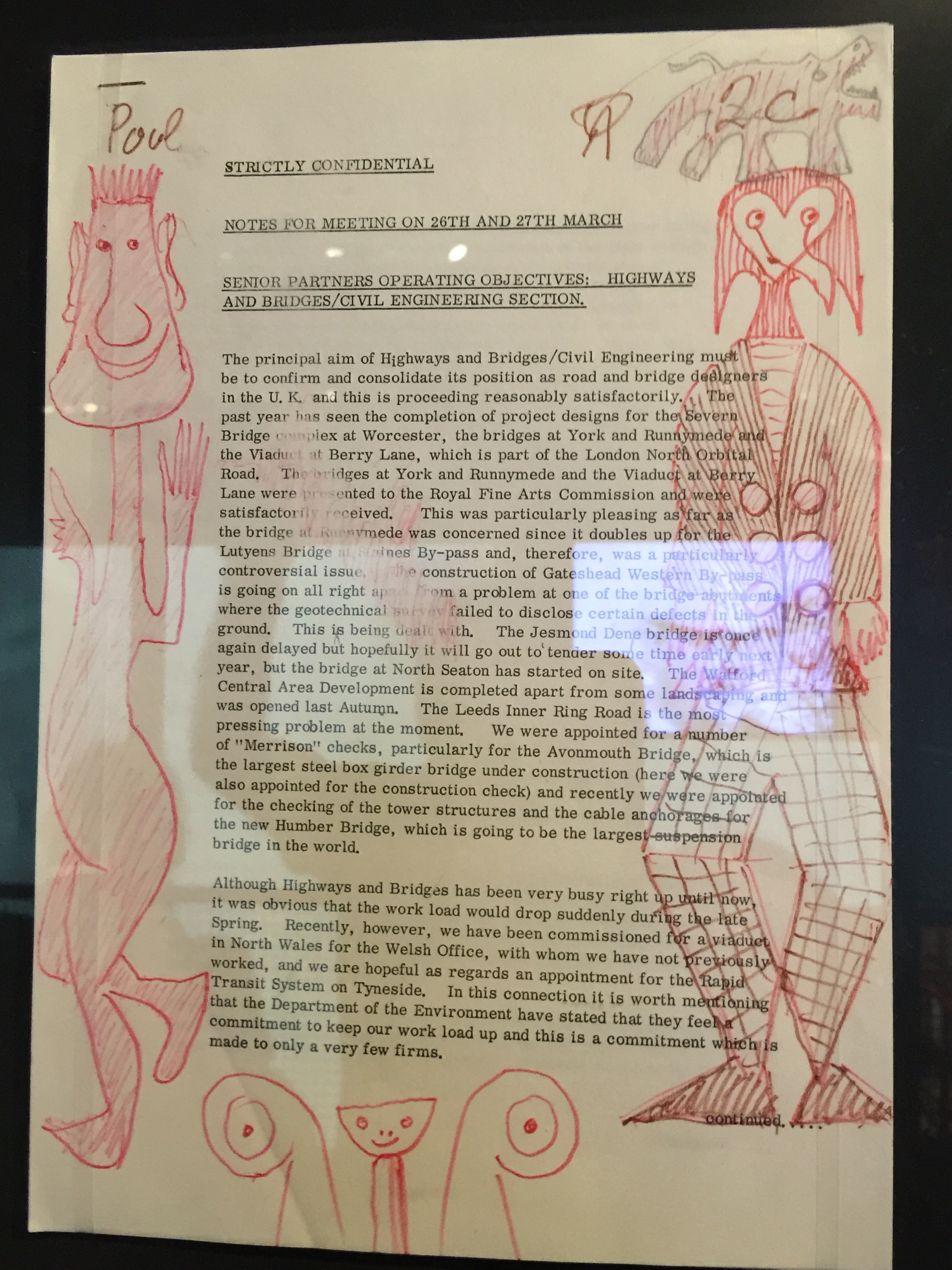

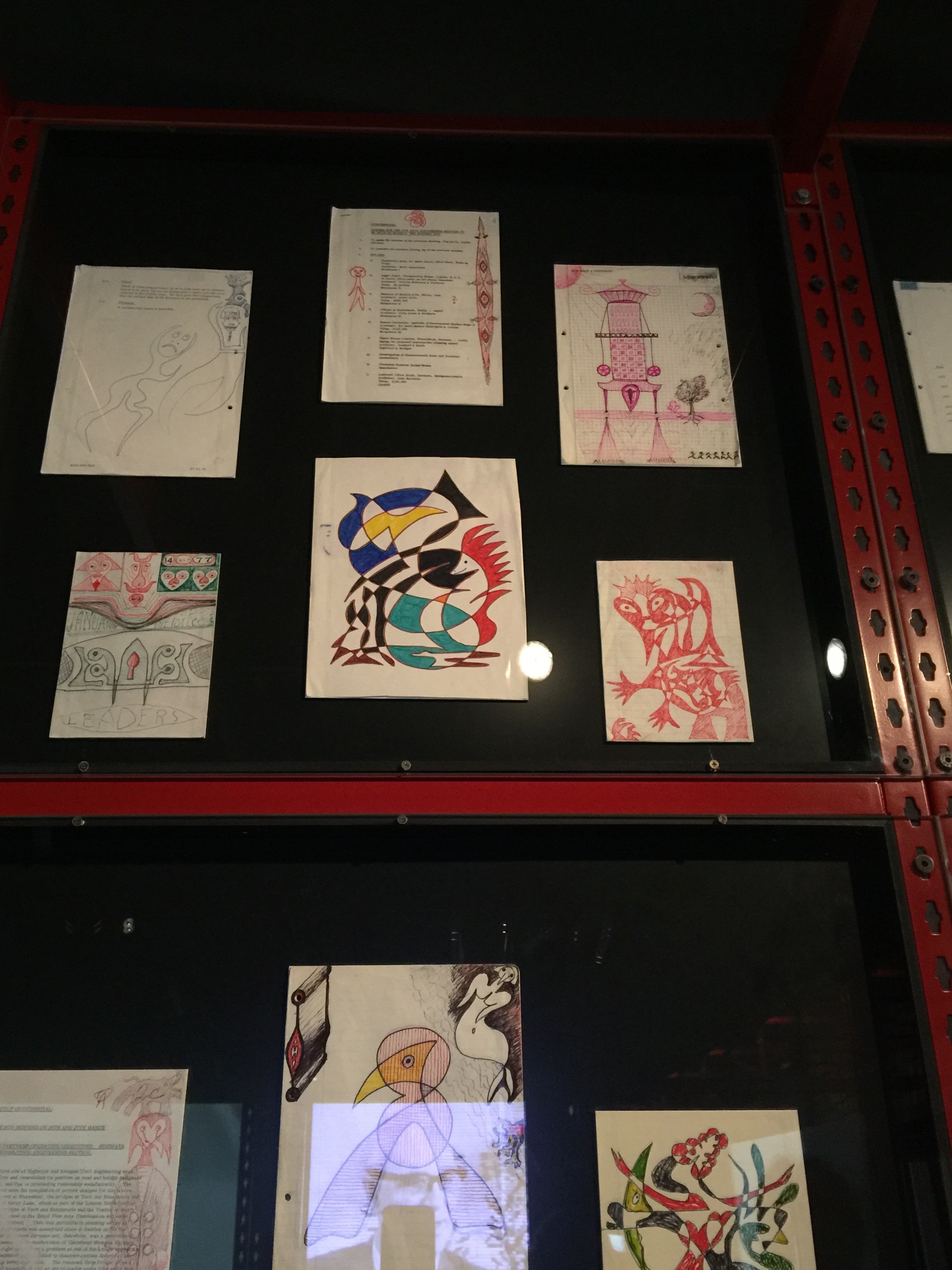

Design Tools:
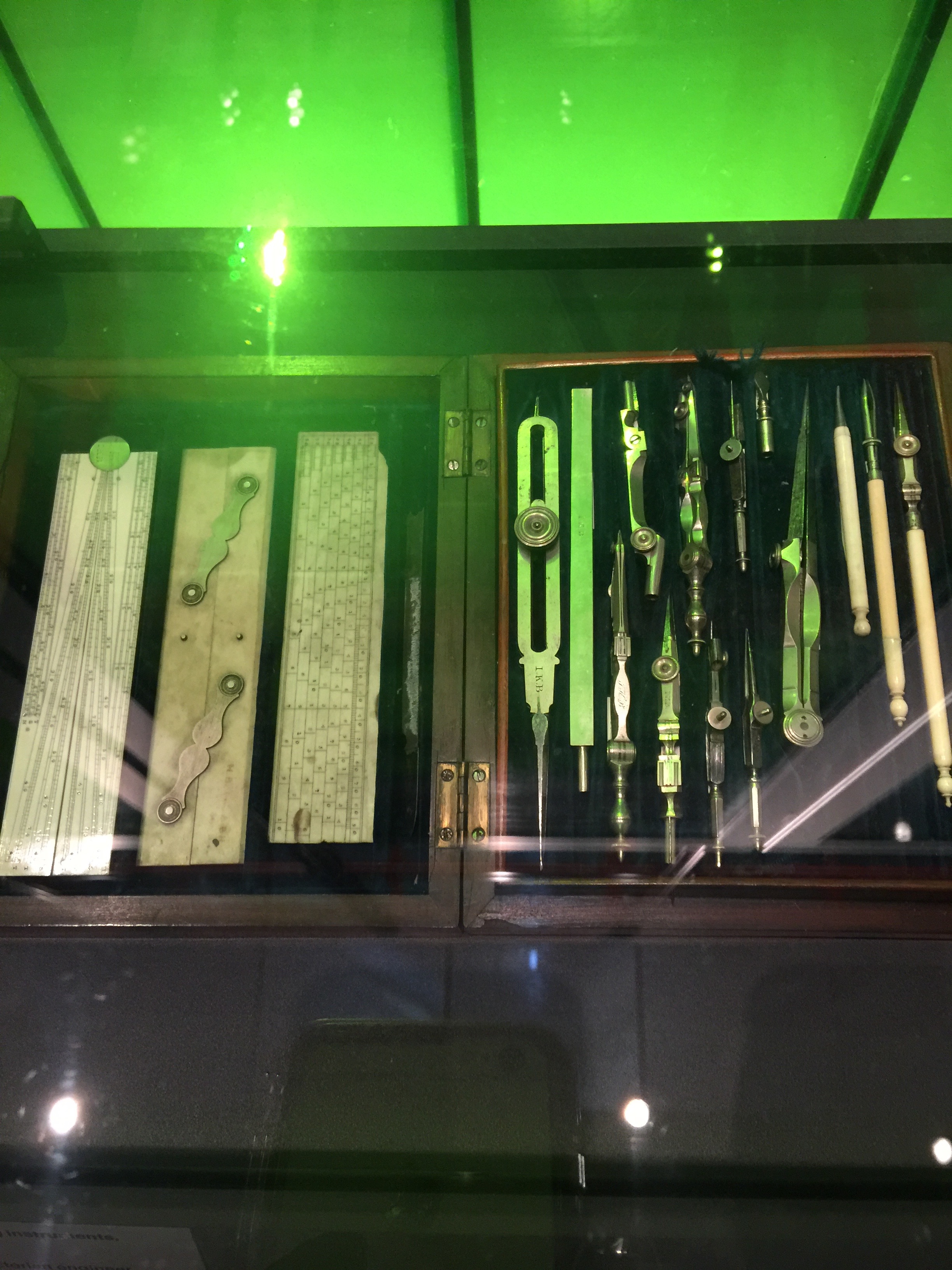



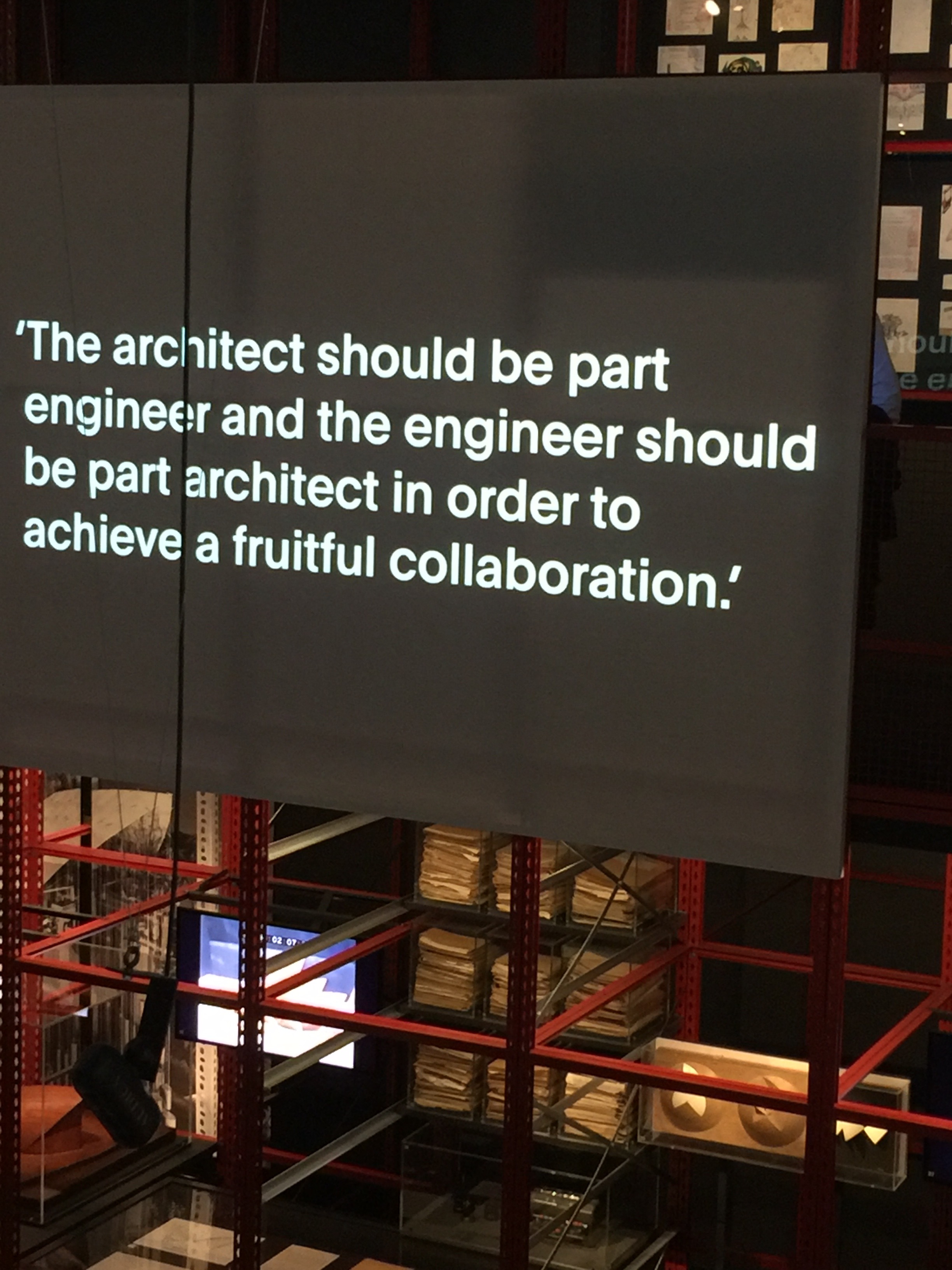

The Penguin Pool in the London Zoo (in collaboration with architect B. Lubetkin):
In 1932 the penguin pool was one of his first commissions, from the Director of London Zoo. The overall elliptical shape is referenced in the spiraling intertwined ramps that connect the different levels; these sloping cambered ramps give a dynamic feel to the building.
The large elliptical blue pool provides the birds with a large swimming area and also gives a contrast to the white concrete used throughout. There is a partially shaded area to provide the birds with protection from the direct sun, and the gently curved walls are designed to echo the penguin’s cries.
This building cleverly combines practical considerations, such as a shaded area for the penguins and gently sloping access to the pool, with a powerful aesthetic statement of form and line.
The penguin pool is a Grade 1 listed building in the UK Government scheme for protecting important buildings.
(From: http://www.galinsky.com/buildings/penguin/)
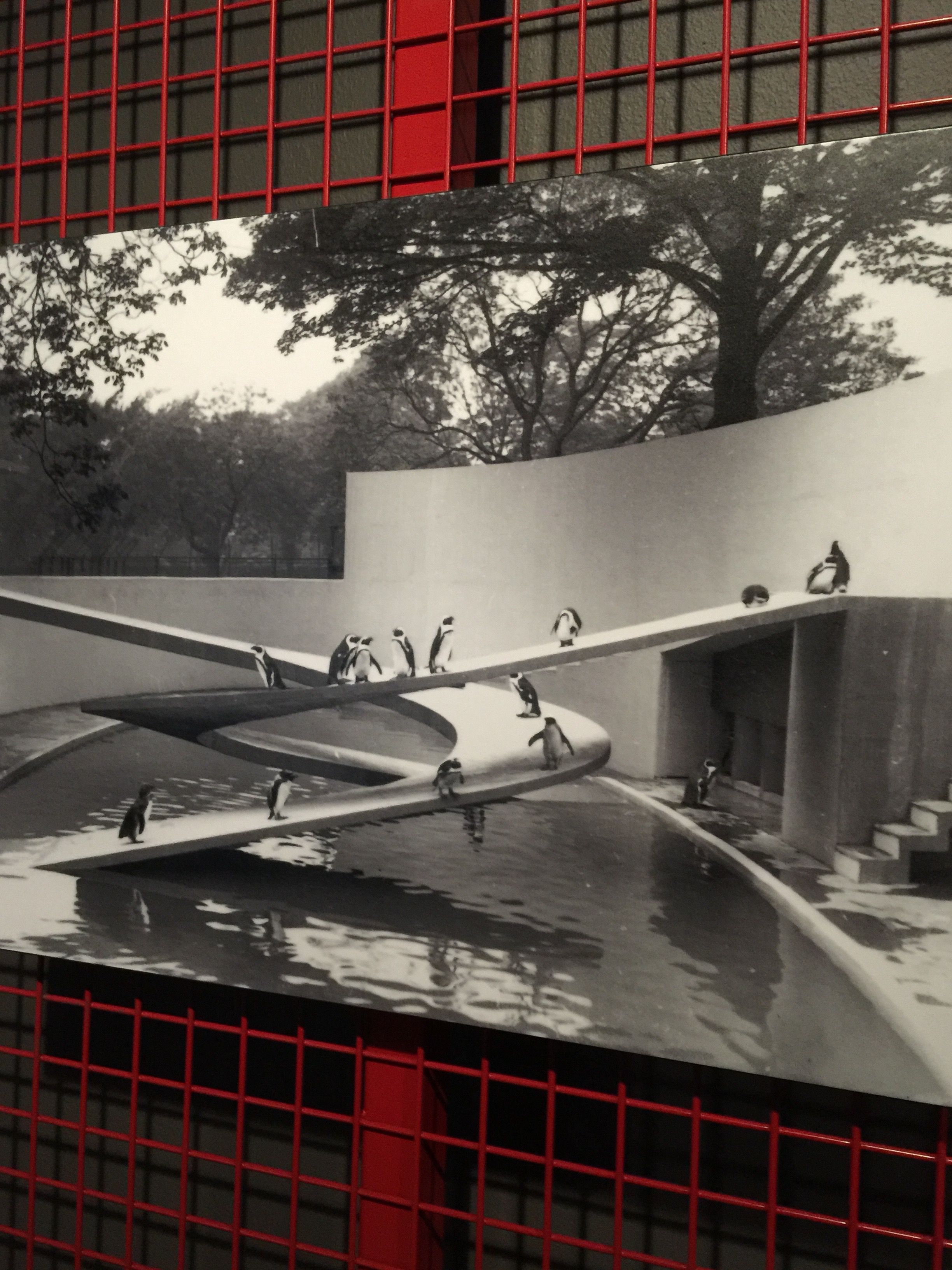

Evolution of the Sydney Opera House: Design, Technology, Geometry, Architecture and Engineering working hand in hand.


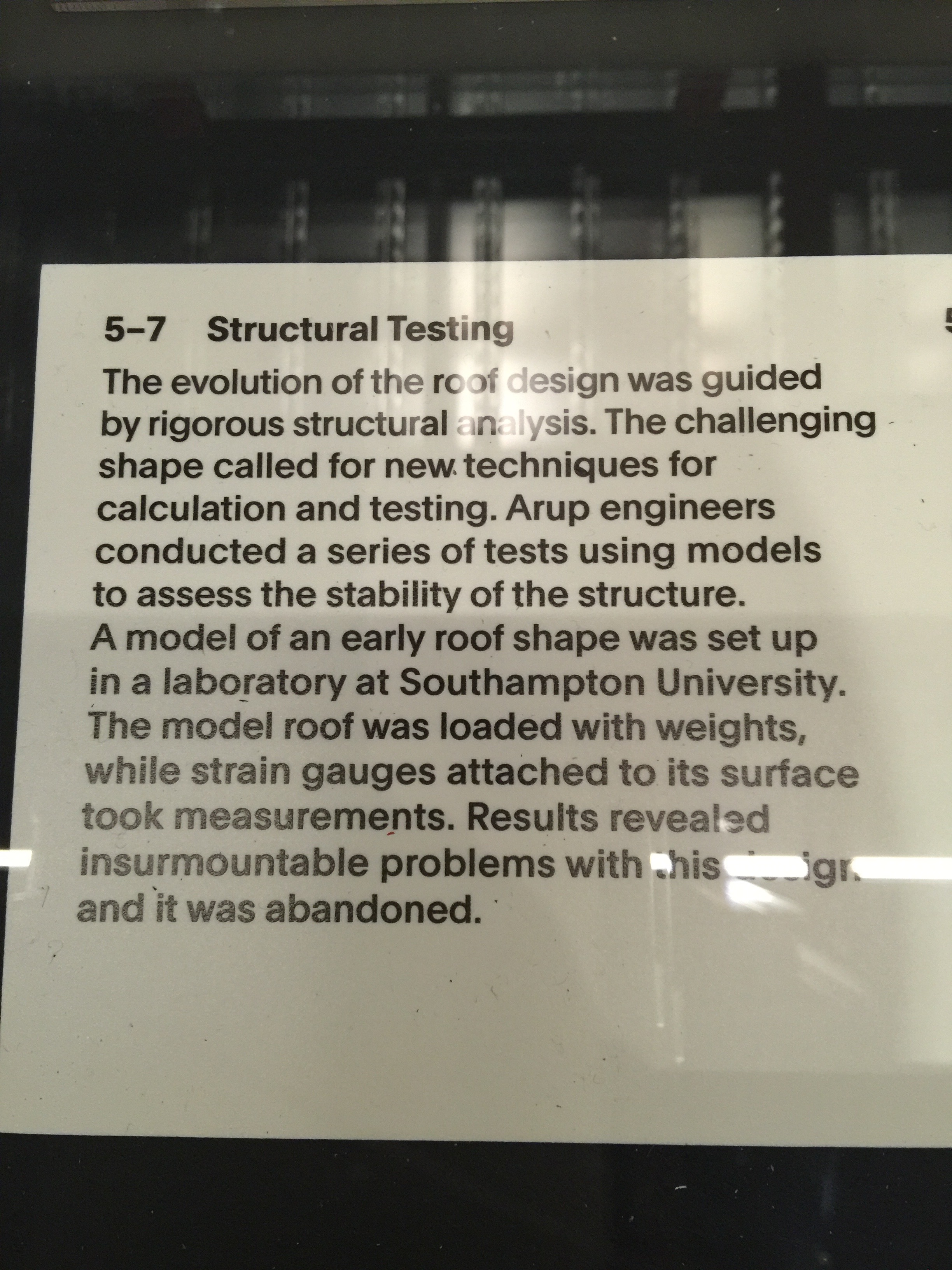

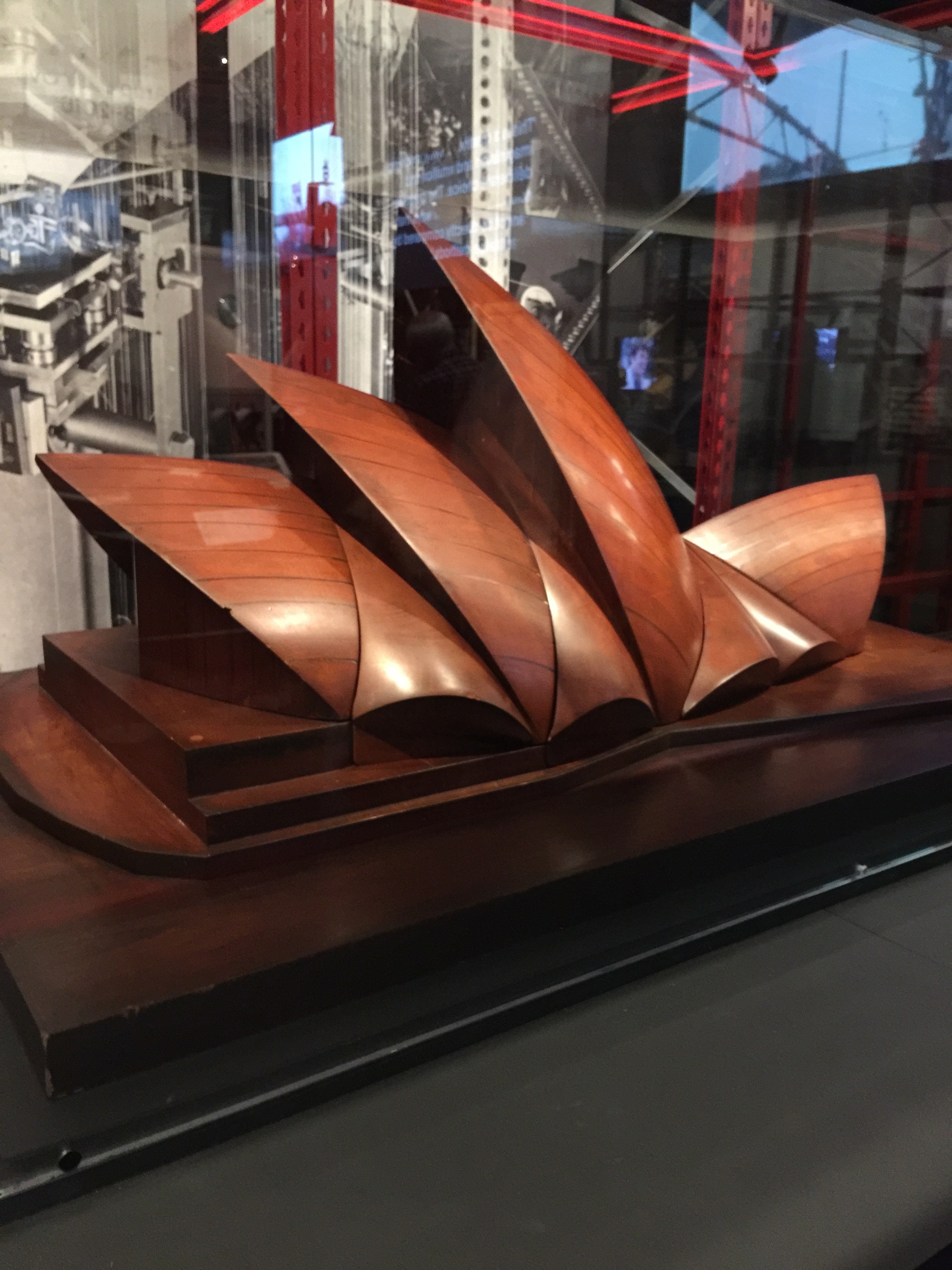



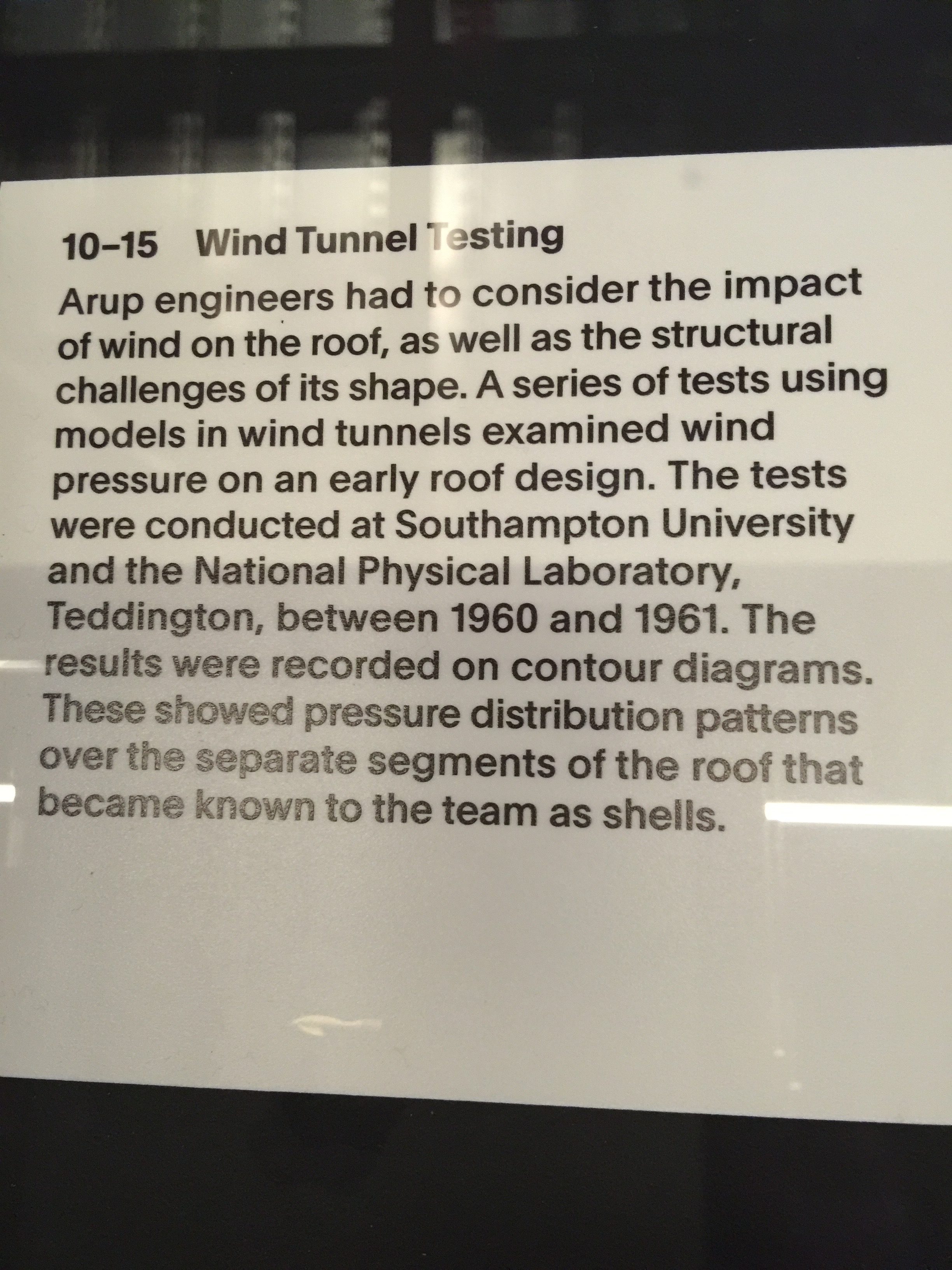



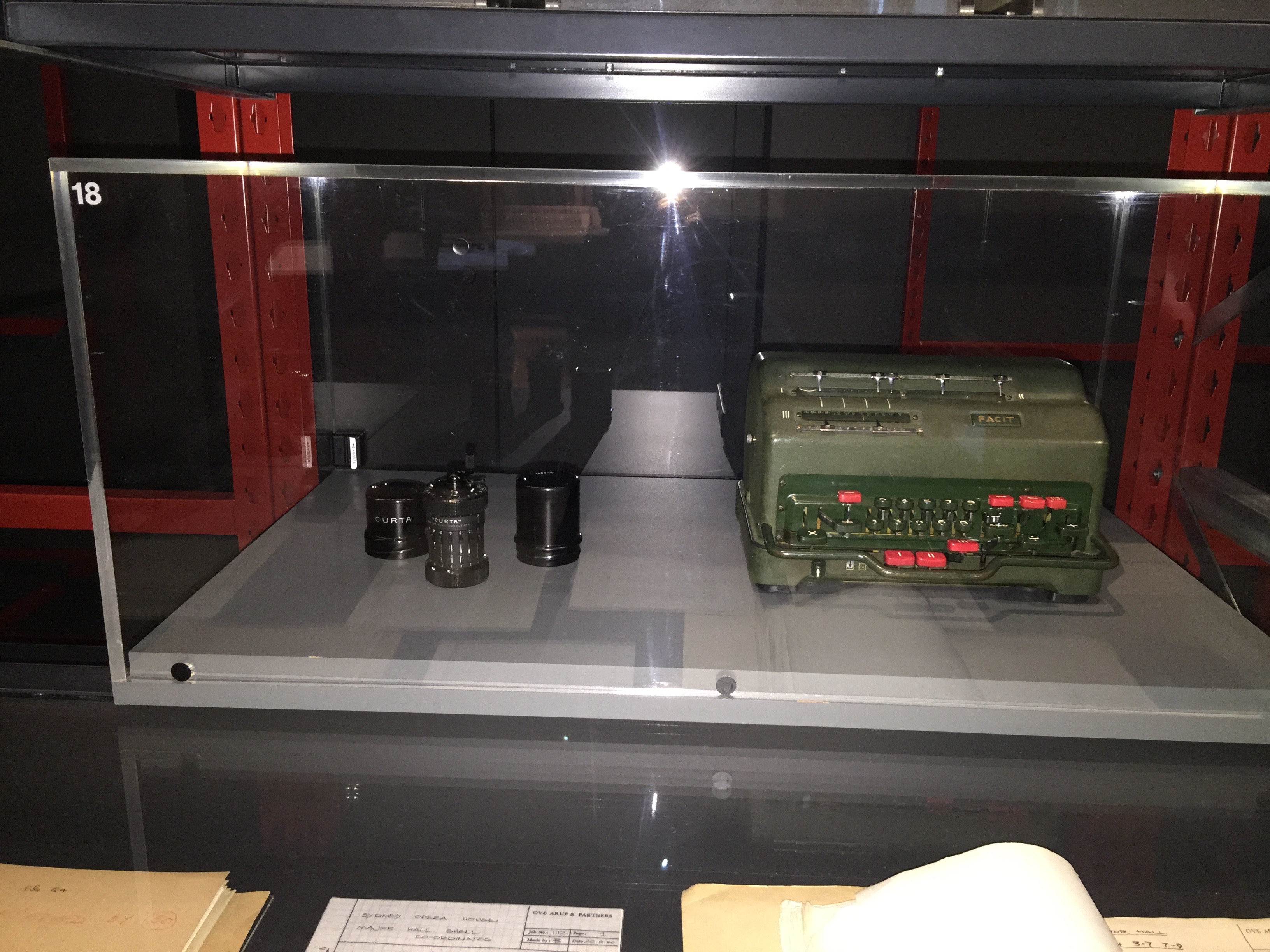





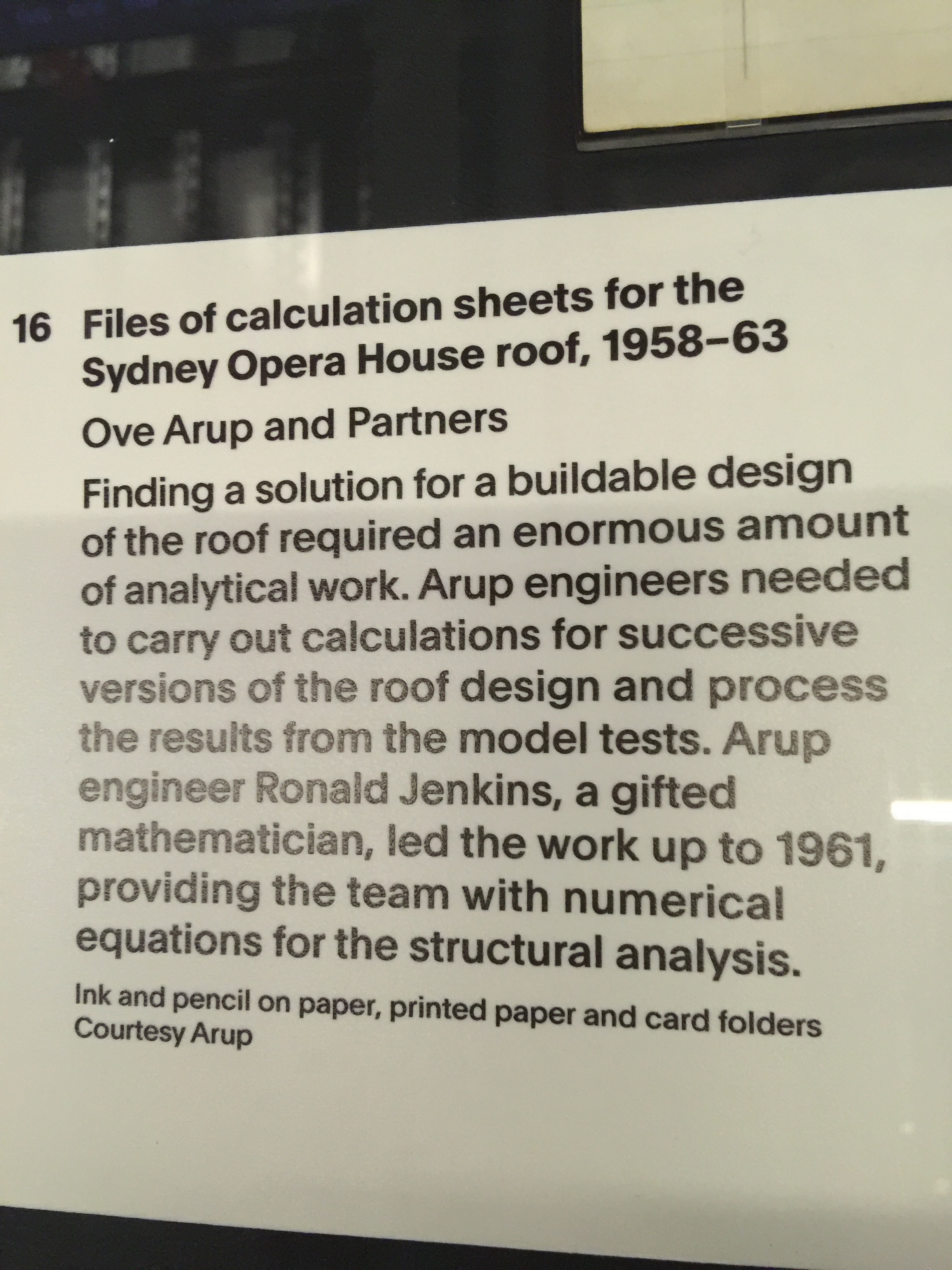



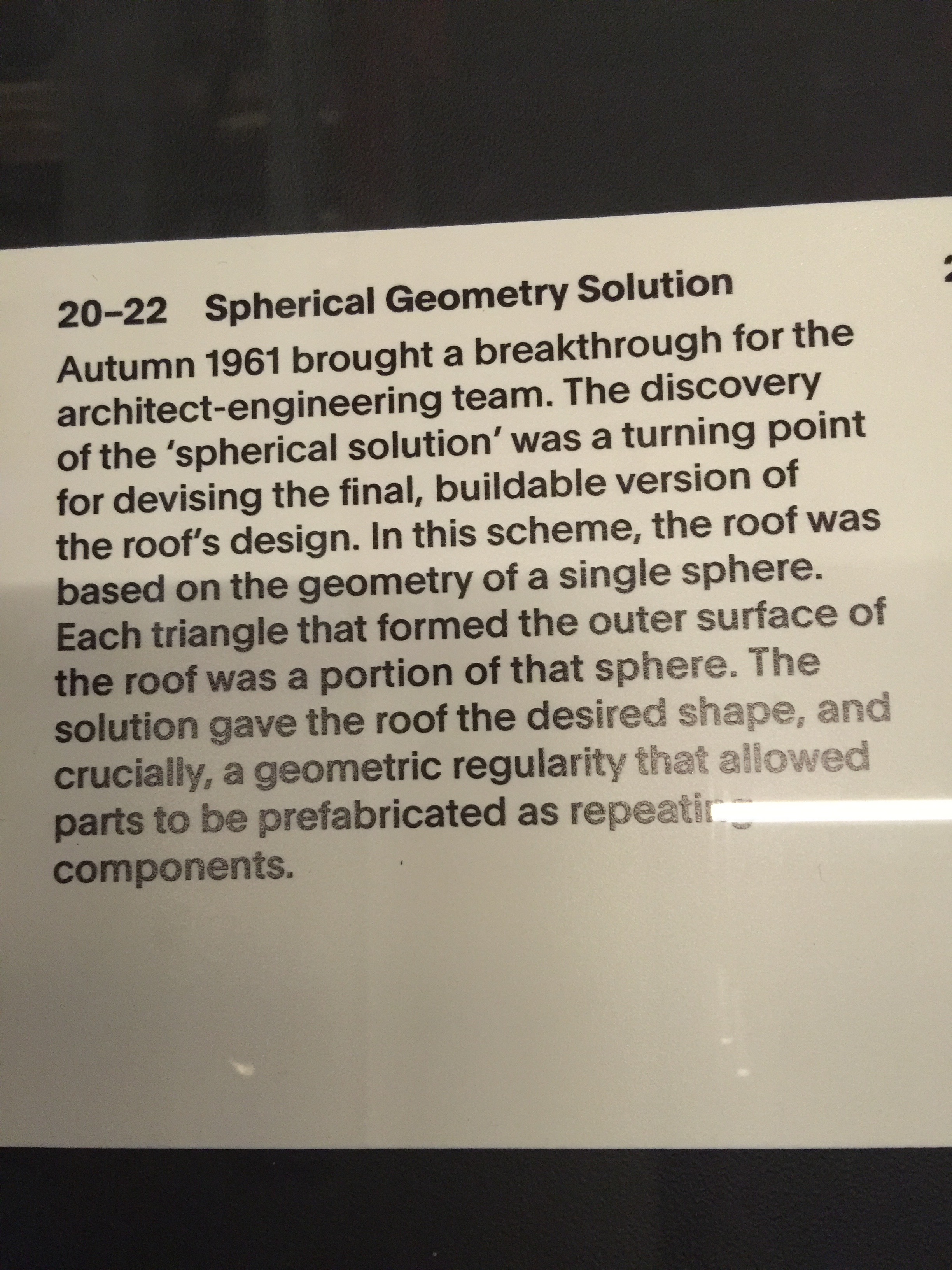














1 comment